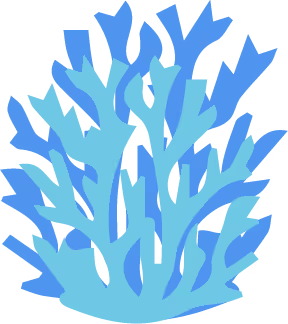MARINE BIODIVERSITY CONSERVATION

In marine environments where the Malampaya Deepwater Gas to Power project operates, Malampaya Foundation (MFI)works with communities and other organizations to help conserve the rich and diverse marine ecosystems found in its focal areas. These are in Batangas City,Eastern Mindoro and Northern Palawan — areas classified as marine biodiversity hotspots.

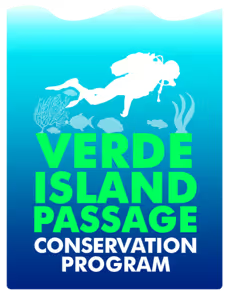
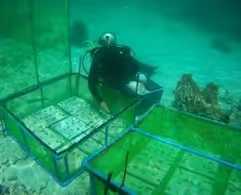
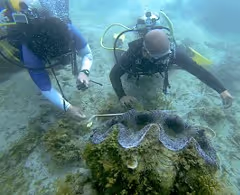
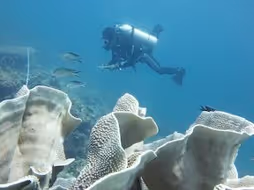
MFI plays an important role in the conservation of the Verde Island Passage (VIP) Marine Corridor through the VIP MPA Network, which is under the supervision of the Protected Areas and Wildlife Bureau of the Department of Environment and Natural Resources. MFI’s catalytic role in implementing collaborative community-based conservation actions with the Provincial and Local Government Units is aimed at improving marine resource management in VIP—the world’s “center of the center of shorefish biodiversity”.In North Palawan, MFI’s Barangay Aquatic Habitat and Underwater Regeneration Assistance (BAHURA) program helps local communities implement effective coastal resource management plans and pioneering environment-friendly alternative livelihood to aid in the rehabilitation of degraded marine resources.�

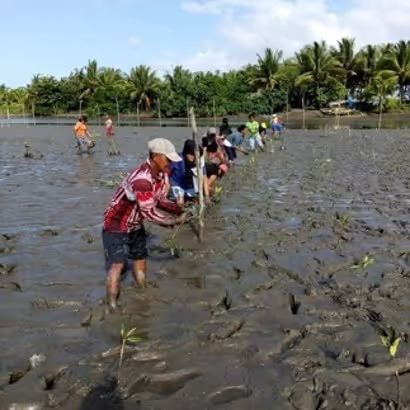
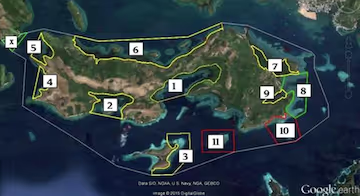
The key elements of MFI’s Marine Biodiversity Conservation Program Framework are anchored in the long-standing principle that environmental management seeks the most systematic and practical ways of conserving natural resources, in a manner that sustainably benefits present and future generations. Conservation necessitates a balanced approach to address various issues and concerns that cross socio-political and economic boundaries. MFI treats each component with equal importance, but majority of its investments are in socio-economic work, and not in science or research. The program framework and its mode of operationalization are therefore community-based, with emphasis on capacity building for potential and existing conservation champions to facilitate the improved management of resource management zones and policies that are guided by science. The conservation covenant binds the partnership to undertake activities and projects under the following four components:�
Social preparation and advocacy
Engaging conservation champions at the grassroots level through community organizing, advocacy, capacity building in organizational and financial management, environmental awareness campaigns for fisherfolk and the youth, support for Bantay Dagat and park ranger teams, and performance monitoring and mentoring;�
Ecological assessments
Ensuring that resource management initiatives are guided by technically-sound and science-based approaches, and that partners and MFI have invested in providing skills and strengthening the capacities of resource monitoring teams to ensure sustained evaluation of coastal resources. Findings are used to improve the management of MPAs and the establishment of new MPAs and fisheries management areas;�
Ecological enhancement/rehabilitation
The program component ensuring direct, sustainable, and cost-efficient interventions at the grassroots level through watershed, beach forest, and mangrove rehabilitation, establishment or expansion of MPAs and fisheries management areas, marine management zoning, partnership-building for conservation, stock enhancement, support for solid waste management, crown-of-thorns collection, and underwater clean-ups�
Socio-economic improvement
Aerformance-based conservation incentives system through income diversification and environment-friendly enterprise projects, skills training, and employment generation provided to people’s organization (PO) partners active in managing their MPAs and conservation initiatives in the community. Part of the earnings are invested in conservation efforts, especially to maintain MPA boundary markers and for Bantay Dagat and park ranger teams assigned to their MPAs.�
MFI employs an integrated approach to its marine biodiversity conservation programs through the following methods:


